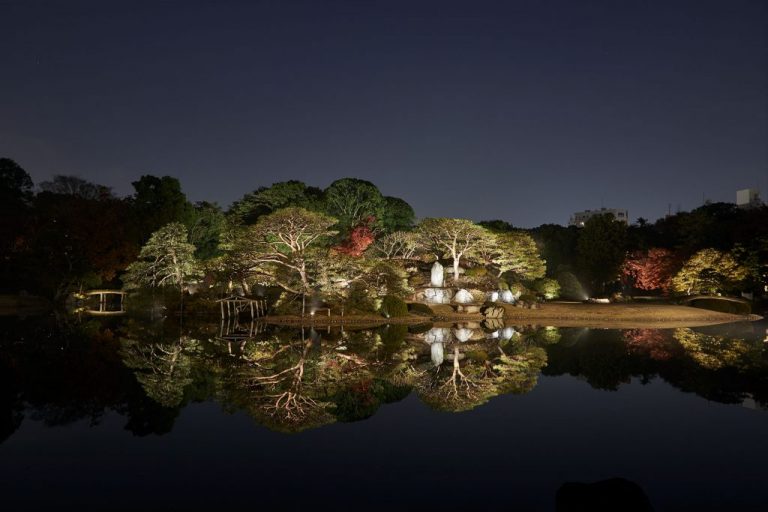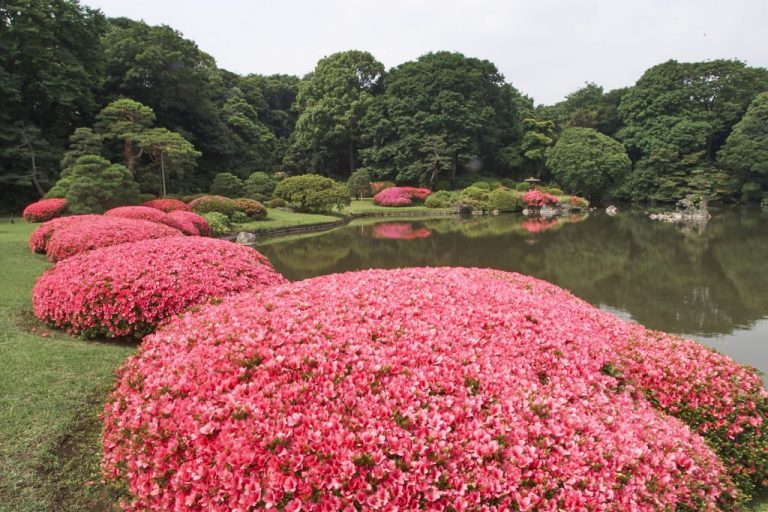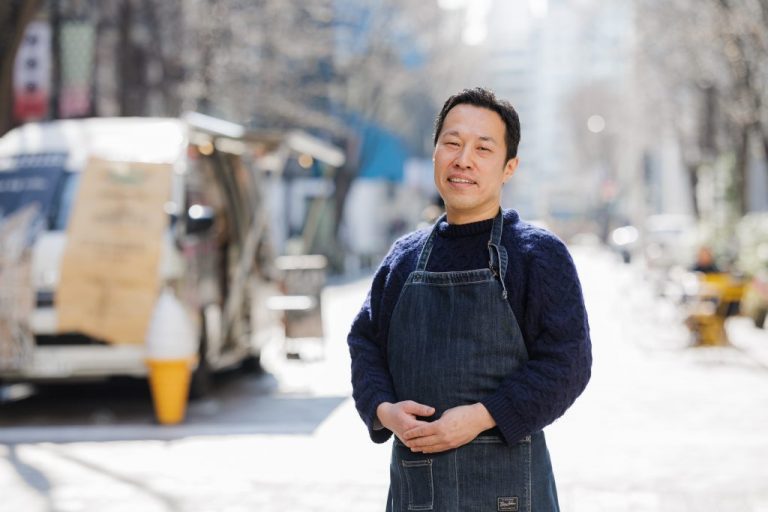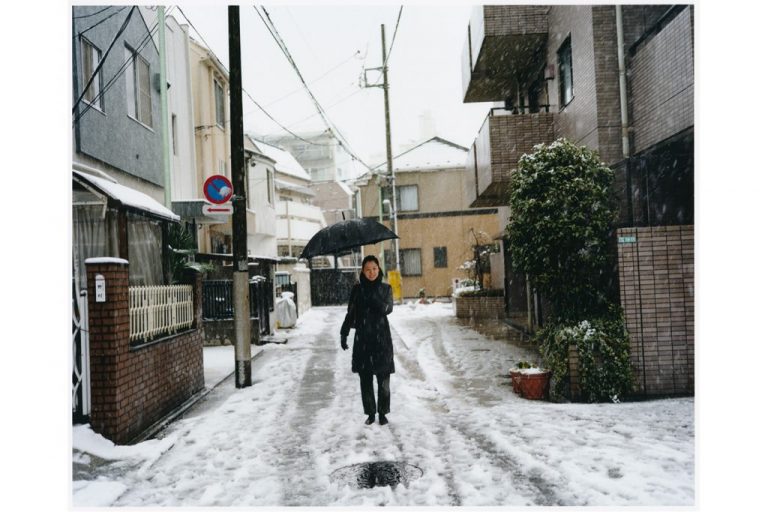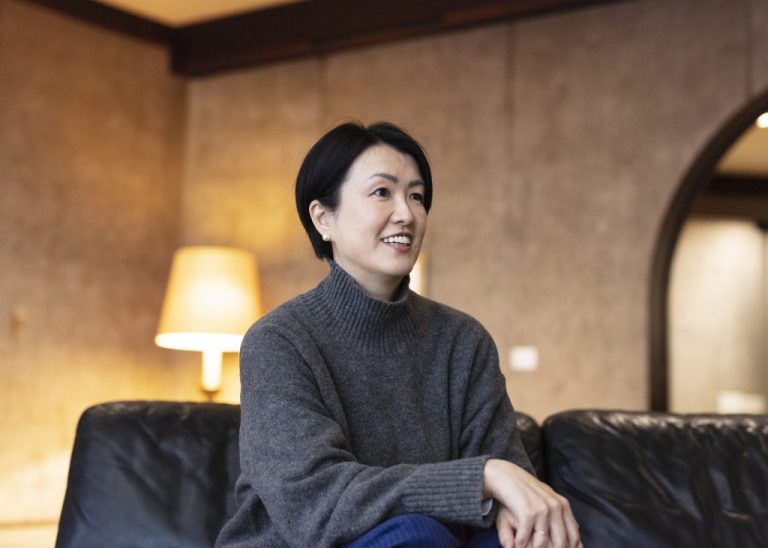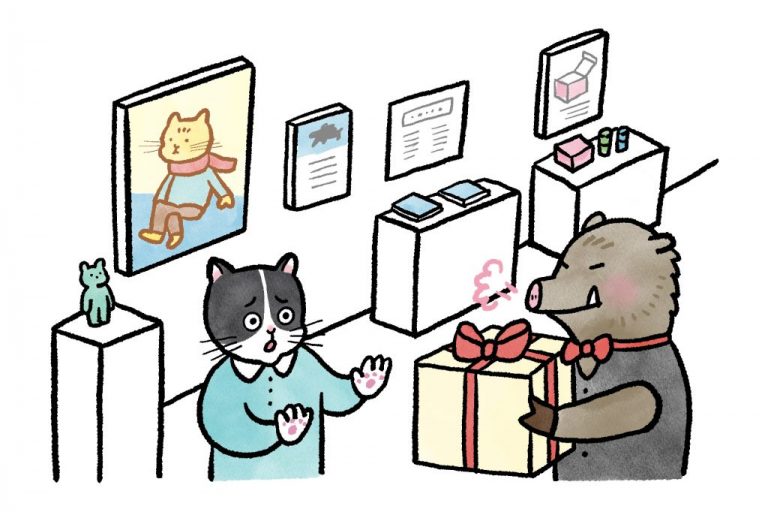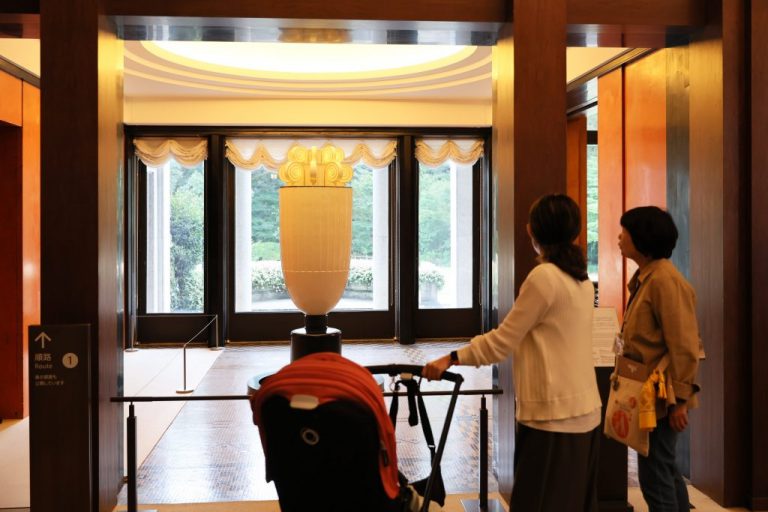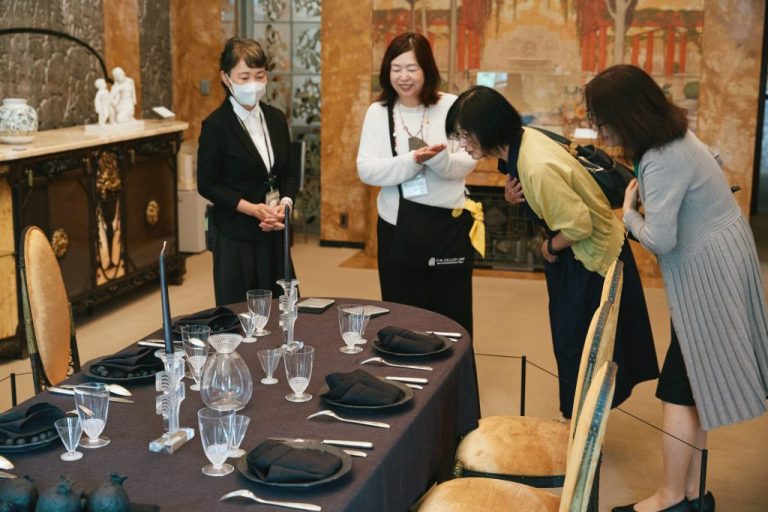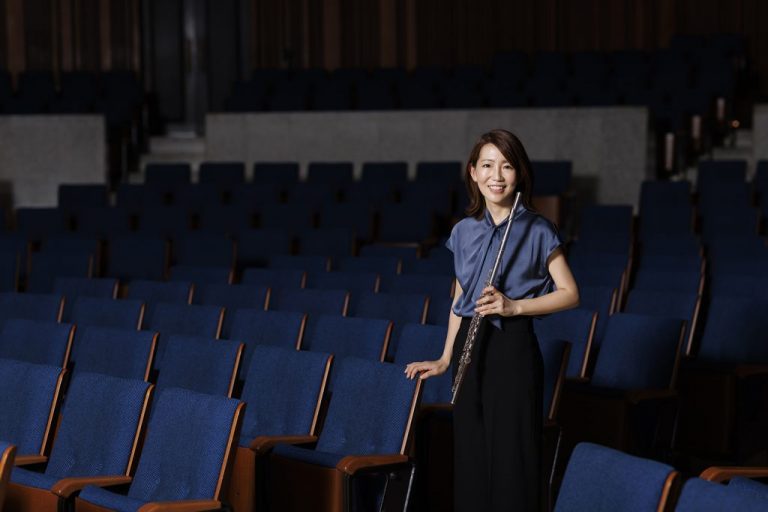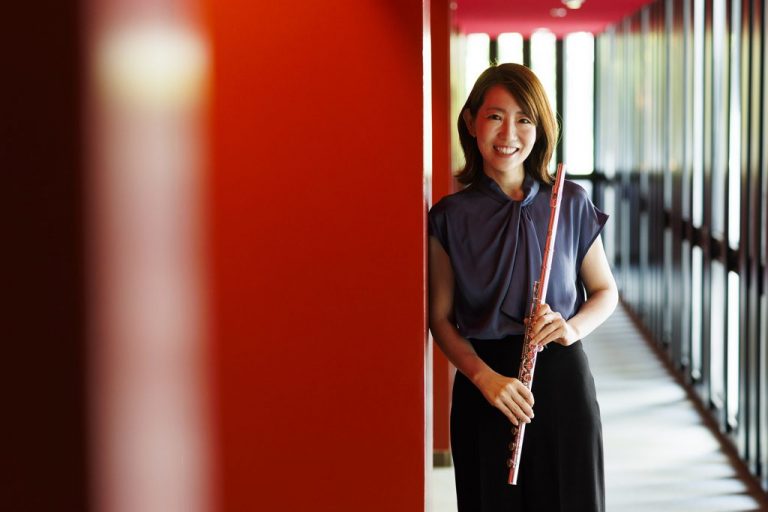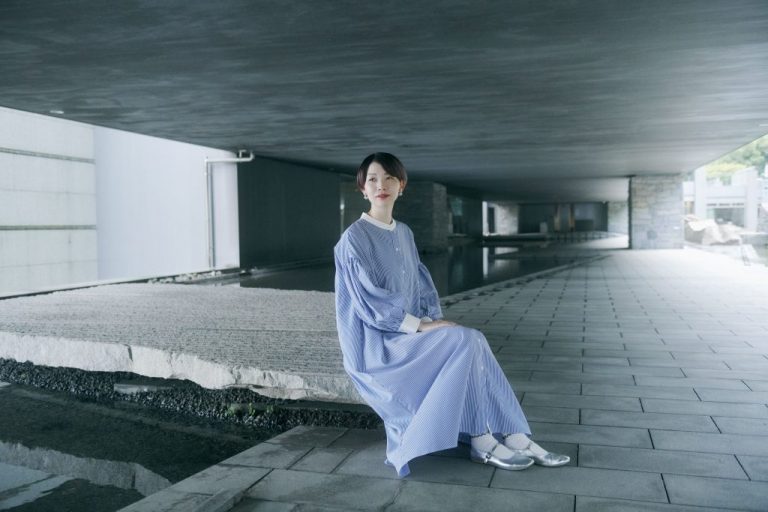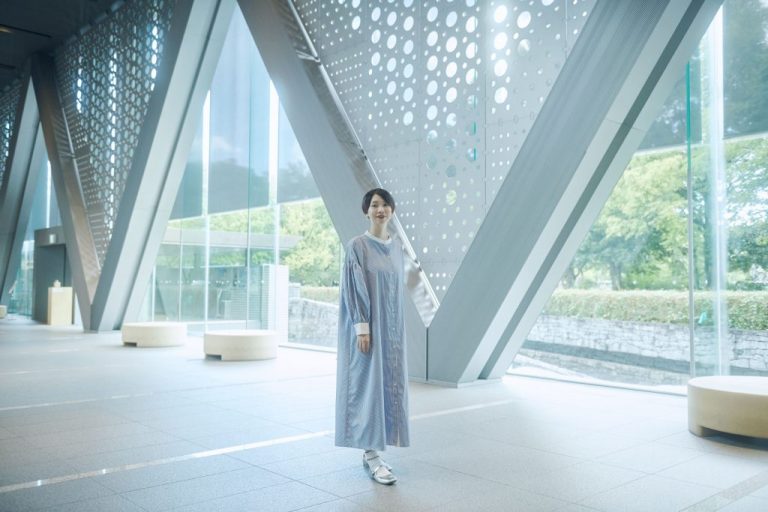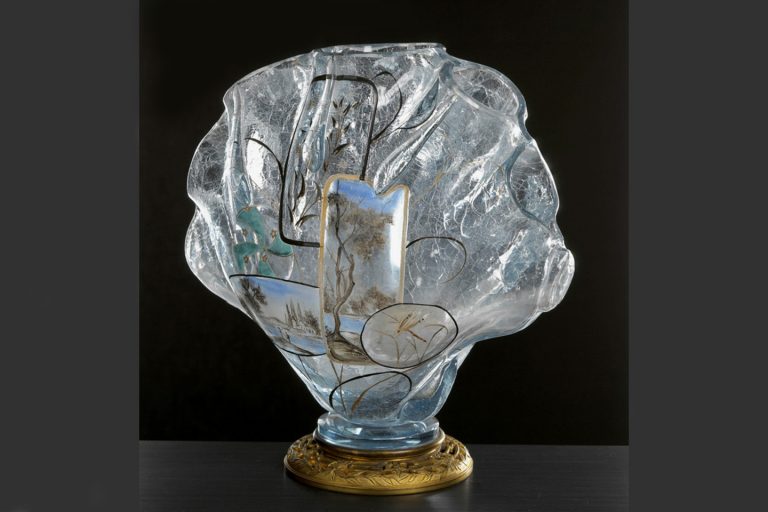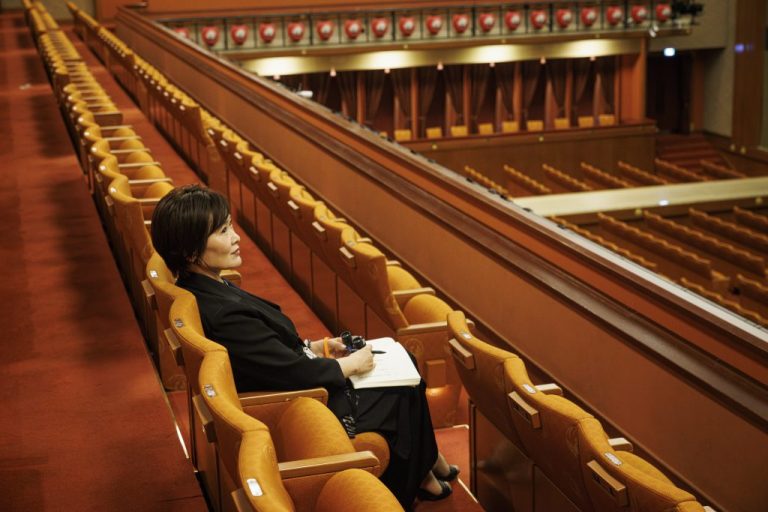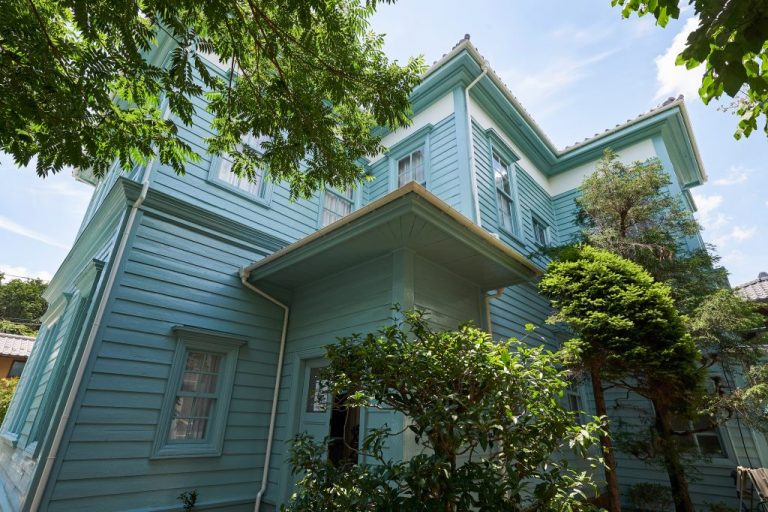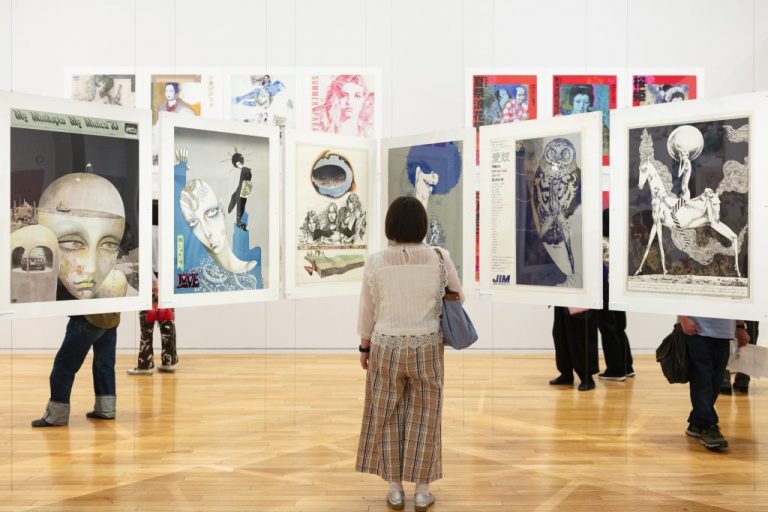Display search results
SEARCH
-
A theme park of waka poetry: Rikugien Gardens (Part 2)

This series offers an engaging exploration of Tokyo’s gardens, featuring photographs by Norihisa Kushibiki and commentary by Miho Tanaka, curator of the Tokyo Metropolitan Edo-Tokyo Museum.
Rikugien is a tranquil garden that recreates the world of waka poetry. What kind of person was Yanagisawa Yoshiyasu, the owner of the gardens? In this second part, we will explore how the garden evolved over time under different owners and the roles it played throughout history.Photographs: Norihisa Kushibiki
Commentary: Miho Tanaka (Curator, Tokyo Metropolitan Edo-Tokyo Museum)
Cooperation: Tokyo Metropolitan Park Associationhttps://tokyoartnavi.jp/en/column/46546/ -
A theme park of waka poetry: Rikugien Gardens (Part 1)

This series offers an engaging exploration of Tokyo’s gardens, featuring photographs by Norihisa Kushibiki and commentary by Miho Tanaka, curator of the Tokyo Metropolitan Edo-Tokyo Museum. In this instalment, we focus on Rikugien Gardens, a popular destination during spring for its weeping cherry blossoms, and autumn foliage season. The first part of this two-part feature introduces the gardens’ distinctive worldview and the craftsmanship behind their design, which has earned them the reputation of a “theme park of waka poetry.”
Photographs: Norihisa Kushibiki
Commentary: Miho Tanaka (Curator, Tokyo Metropolitan Edo-Tokyo Museum)
Cooperation: Tokyo Metropolitan Park Associationhttps://tokyoartnavi.jp/en/column/46542/ -
COFFEE PERSON: A mobile café that offers the joy of art through conversation

The series “Art Influencers” focuses on individuals who share the allure of art. This installment features Takayuki Fujita, an influencer who runs a mobile café COFFEE PERSON set up near Yurakucho Station, in a corner of Marunouchi Naka-dori Street. On the counter of his coffee truck, brochures and cards from art museums are neatly arranged, creating an atmosphere reminiscent of a display rack in a museum or art gallery. While serving drinks, Mr. Fujita spontaneously introduces people to the charm of art. We trace Mr. Fujita’s journey into the world of art.
https://tokyoartnavi.jp/en/column/46363/ -
Gakugei Daigaku

At the age of 17, Naoki Ishikawa embarked on a solo journey to India, marking the beginning of an insatiable curiosity that led him to the polar regions, high peaks, and vast oceans around the world. Through photography and writing, he weaves records of his travels. Tokyo, the city where he was born and raised, remains his home and the starting point of his journeys.
Traveling Through My Memories of Tokyo series features Gakugei Daigaku this installment.
Located in the heart of Meguro-ku, Gakugei-daigaku Station is surrounded by six shopping districts, including its east and west exits. With good transport access, it is a highly sought-after residential area. From his parents’ house near Gakugei-daigaku Station, Mr. Ishikawa repeatedly set out on journeys, steadily accumulating his experiences as a traveler.https://tokyoartnavi.jp/en/column/46233/ -
Instagram “Architecture & Art” : Ayao Sakata’s iPhone Photography Techniques (Part 2)

In the feature “Discovering Architectural Wonders—Art of Seeing,” we speak with Ayao Sakata, the influencer operating the Instagram and blog titled “Architecture and Art,” about key photography techniques for capturing iconic architecture. In the second part of the series, we visit the Shoto Museum of Art with Sakata. How will she frame the serene spaces designed by architect Seiichi Shirai? She shares her insights alongside her photos as examples.
https://tokyoartnavi.jp/en/column/45919/ -
Instagram “Architecture & Art”: Ayao Sakata’s iPhone Photography Techniques (Part 1)

In the feature “Discovering Architectural Wonders—Art of Seeing,” we speak with Ayao Sakata, the influencer operating the Instagram and blog titled “Architecture and Art,” about key photography techniques for capturing iconic architecture. Sakata’s Instagram is known for its striking photos and videos from a unique perspective and has an impressive 130,000 followers (as of December 2024). In the first part of our interview, we explore how Sakata became an influencer and the principles behind her photography, crafted entirely with an iPhone.
https://tokyoartnavi.jp/en/column/45915/ -
Art Law: Dealing with Difficult Customers (Part 2)

Art Emergency Hotline provides urgent assistance for distressed artists. Each time, several legal professionals respond to a range of inquiries. The law does not restrict your creative activities, and having the right knowledge can provide vital support.
This installment’s topic is “Dealing with Difficult Customers.”
We will be joined by Chika Igaya, a journalist who has written a book on “gallery stalkers” to help address these concerns. In Part 2, we will examine specific cases involving problematic visitors and explore appropriate responses and countermeasures.Illustration: Kaeko Akaike
Cooperation and supervision: Bengoshi.com
Editor: Yuko Sakamotohttps://tokyoartnavi.jp/en/column/45664/ -
Art Law: Dealing with Difficult Customers (Part 1)

Art Emergency Hotline provides urgent assistance for distressed artists. Each time, several legal professionals respond to a range of inquiries. The law does not restrict your creative activities, and having the right knowledge can provide vital support.
This installment’s topic is “Dealing with Difficult Customers.” In recent years, the issue of “gallery stalkers”—visitors who attempt to obtain personal information or persistently follow artists—has become more prevalent. While artists want people to appreciate art, handling such behavior remains a challenge. To explore ways of managing difficult customers, we will be joined by Chika Igaya, a journalist who has written about gallery stalkers to discuss effective handling strategies.Illustration: Kaeko Akaike
Cooperation and supervision: Bengoshi.com
Editor: Yuko Sakamotohttps://tokyoartnavi.jp/en/column/45660/ -
For a diverse and inclusive future: G(ALL)ERY Day at the Tokyo Metropolitan Teien Art Museum (Part 2)

“G(ALL)ERY Day” at the Tokyo Metropolitan Teien Art Museum is a program designated to welcome visitors including those who may feel hesitant about visiting an art museum.
In Part 1, we explored “Leisurely Art Appreciation Day,” which offers individuals with disabilities the chance to enjoy artworks at their own pace and spoke with art communicators who are in charge of interactive tours. In Part 2, we focus on “Baby Hours,” which enable visitors with infants to view exhibits while using strollers, featuring insights from the museum staff involved in this initiative.https://tokyoartnavi.jp/en/column/45000/ -
For a diverse and inclusive future: G(ALL)ERY Day at the Tokyo Metropolitan Teien Art Museum (Part 1)

“SDGs x Art” is a series introducing art and related initiatives contributing to experiments for a sustainable world. In this fifth installment, we highlight “G(ALL)ERY Day” initiative by the Tokyo Metropolitan Teien Art Museum. This program is designed to create an inclusive, welcoming environment for individuals who may feel hesitant to visit a museum, such as those with disabilities, wheelchair users, or visitors with infants. “G(ALL)ERY Day” offers a thoughtfully designed, accommodating environment where visitors can enjoy exhibitions at their own pace. The program also includes interactive tours, with an art communicator accompanying each group. In this Part 1 installment, we report on the “Leisurely Art Appreciation Day” held in October 2024.
https://tokyoartnavi.jp/en/column/44995/ -
Interview with Flutist Yoshie Ueno (Part 2)

Spanning from Baroque to contemporary pieces, Yoshie Ueno, a leading flutist with a top position in the field performs an extensive repertoire with boundless versatility. This autumn, she will also participate in Festival de l’Intemporel, a new project produced by composer Ichiro Nodaira. In Part 2 of the interview, she reflects deeply on the artists who marked pivotal moments in her musical journey.
https://tokyoartnavi.jp/en/column/43672/ -
Interview with Flutist Yoshie Ueno (Part 1)

This interview series asks leading artists to share insights about their careers and pivotal moments. In this installment, we speak with top flutist Yoshie Ueno who continues to perform an extensive repertoire spanning from Baroque to contemporary pieces.
From a “rising star” with numerous competition wins to an “established talent” now serving as a judge, Ms. Ueno has progressed steadily, nurturing the next generation while continuing to push herself toward new horizons. This autumn, she will appear in the new project Festival de l’Intemporel, produced by composer Ichiro Nodaira. In the first part of this interview, Ms. Ueno shares her experiences competing in the Tokyo Music Competition that have produced careers of numerous emerging artists who are active in Japan and abroad.
https://tokyoartnavi.jp/en/column/43668/ -
New Career in Art that Started with TikTok—Audible Museum: Interview with avi (Part 2)

avi of Audible Museum introduces the allure of art using platforms such as TikTok, Instagram, and YouTube. In the second half of the interview, we delve into behind-the-scenes of video production, tips for reaching a wider audience, and recommendations for museums in Japan and abroad.
https://tokyoartnavi.jp/en/column/42979/ -
New Career in Art that Started with TikTok—Audible Museum: Interview with avi (Part 1)

The article series “Art Influencers” explores how individuals share the allure of art and the influence of what they introduce. This inaugural article features the account “Audible Museum,” which started its activities mainly on TikTok in 2021 and has garnered over 500,000 followers when combined with Instagram and YouTube (as of September 2024). The account is known for its short videos introducing exhibitions and artists with a calming voice. These videos are narrated by avi, who studied art education as a student, worked for a company, and, after leaving the job, took on part-time jobs before becoming a short video creator. In the first half of the interview, we asked her about her background and the process behind video production.
https://tokyoartnavi.jp/en/column/42975/ -
The Essence of Émile Gallé at the Musée d’Orsay (Part 2)

The term “public domain” refers to public intellectual property that is not copyrighted. There are art museums around the world that offer open online access to works in their collections. Here, we highlight works that have entered the public domain and redefine the appeal of such collections.
This series introduces collections from museums around the world that are made available online, each centered on a specific theme. Following the previous installment, this edition features Émile Gallé, a leading figure of Art Nouveau. The year 2024 marks the 120th anniversary of Émile Gallé’s death. In the second part, we will also discuss selected masterpieces from the Musée d’Orsay collection, chosen by Ruriko Tsuchida, director of the Toyama Glass Art Museum.
From the 1890s onwards, Gallé’s artistry increasingly developed symbolism and paved the way for new expressions.https://tokyoartnavi.jp/en/column/41582/ -
The Essence of Émile Gallé at the Musée d’Orsay (Part 1)

The term “public domain” refers to intellectual property that is not protected by copyright and is available for public use. There are museums around the world that offer open online access to works in their collections. Here, we highlight works that have entered the public domain and redefine the appeal of such collections.
This series, which introduces museum collections available online based on specific themes, focuses on Émile Gallé this time. The year 2024 marks the 120th anniversary of Gallé’s passing. He was an artisan who incorporated organic motifs like flowers and plants, as well as free-flowing curves, into a wide range of crafts, including glass, ceramics, and furniture.
The Musée d’Orsay in France is a museum specialized in 19th-century art, the era in which Gallé lived. A vast collection of Gallé’s sketches and key works from various periods are available on its website. In this two-part series, we present an analysis of “masterpieces that embody the essence of Gallé’s work,” selected by Ruriko Tsuchida, director of the Toyama Glass Art Museum.https://tokyoartnavi.jp/en/column/41576/ -
How Are Audio Guides for Kabuki Made?

This article series meets with people involved in audio guides, such as an audio guide producer, to dig deeper into how to enjoy “listening” to art. This time, we spoke with Aoi Yokode, who will be providing audio guide commentary for the July Program’s evening show at the Kabukiza Theatre in Higashi Ginza, Tokyo, and asked her about the simultaneous commentary earphone guide for Kabuki performances.
https://tokyoartnavi.jp/en/column/40866/ -
Sharing manga culture from the light blue Western-style house, the Former Residence of Theodora Ozaki

The Former Residence of Theodora Ozaki, the oldest Western-style house in Setagaya-ku, was originally built in 1888 (Meiji 21) and relocated to its current location in Gotokuji in 1933 (Showa 8). It was scheduled for demolition in 2020, but thanks to a preservation project led by manga artist Kazumi Yamashita, it was saved from demolition. After undergoing repairs, it was reborn in March 2024 as “a Western-style house with an attached gallery and tearoom.” Operated primarily by manga artists, it hosts exhibitions focusing on original manga artwork. We visited this unique venue.
https://tokyoartnavi.jp/en/column/40466/ -
Take advantage of Tokyo Museum Grutto Pass! Enjoy early summer as you explore museums in the Roppongi and Shinjuku areas (Part 2)

Tokyo Museum Grutto Pass 2024 is a valuable QR code ticket that includes admission tickets and discount coupons for 103 art and science museums and other facilities in the Tokyo area. It is priced at 2,500 yen and can be used once per facility for two months from the first day of use. In Part 2, let’s refine our taste at unique fashion and innovative illustration exhibitions!
(Back to Part 1)https://tokyoartnavi.jp/en/column/40089/ -
Take advantage of Tokyo Museum Grutto Pass! Enjoy early summer as you explore museums in the Roppongi and Shinjuku areas (Part 1)

Tokyo Museum Grutto Pass 2024 is a valuable QR code ticket that includes admission tickets and discount coupons for 103 art museums and other facilities in the Tokyo area. It is priced at 2,500 yen and can be used once per facility for two months from the first day of use.
This time, we have selected three art museums near train stations from Roppongi to Shinjuku, perfect for the rainy season and easily visited in one day. We will introduce this cost-effective course, which allows you to experience innovative expressions in different genres, in two parts.https://tokyoartnavi.jp/en/column/40085/


